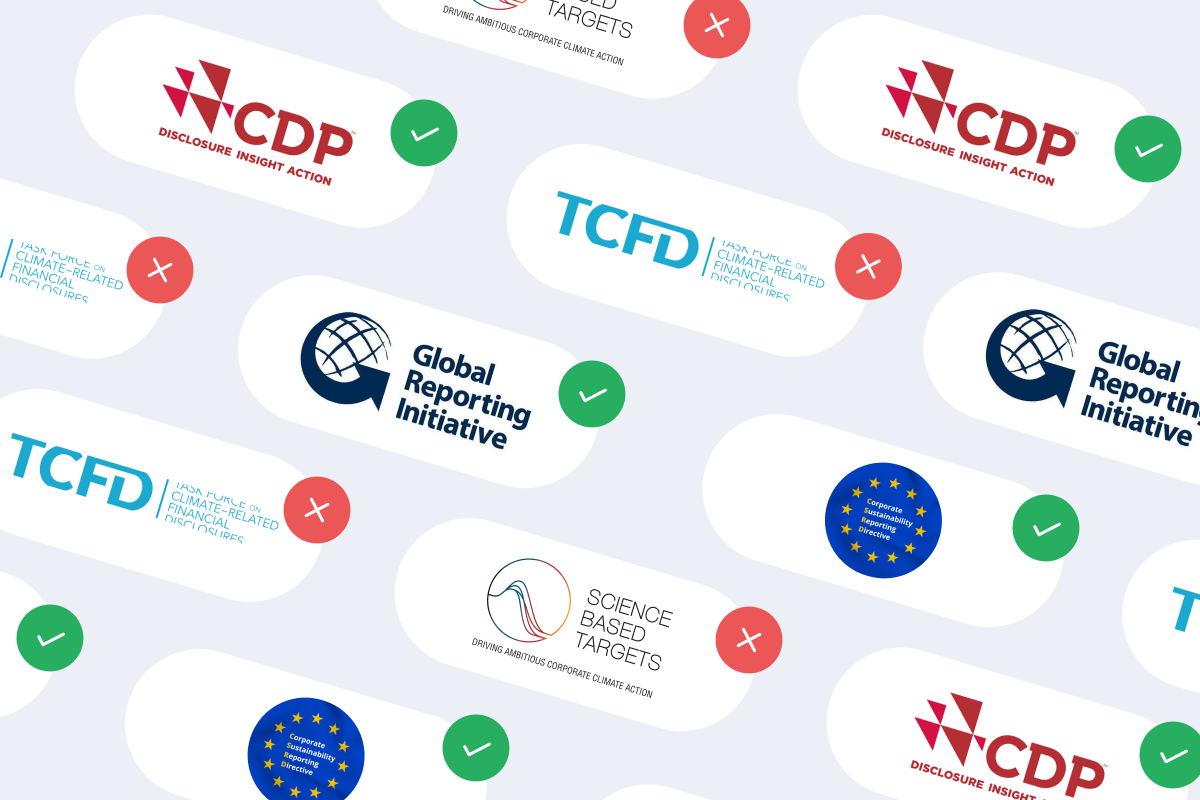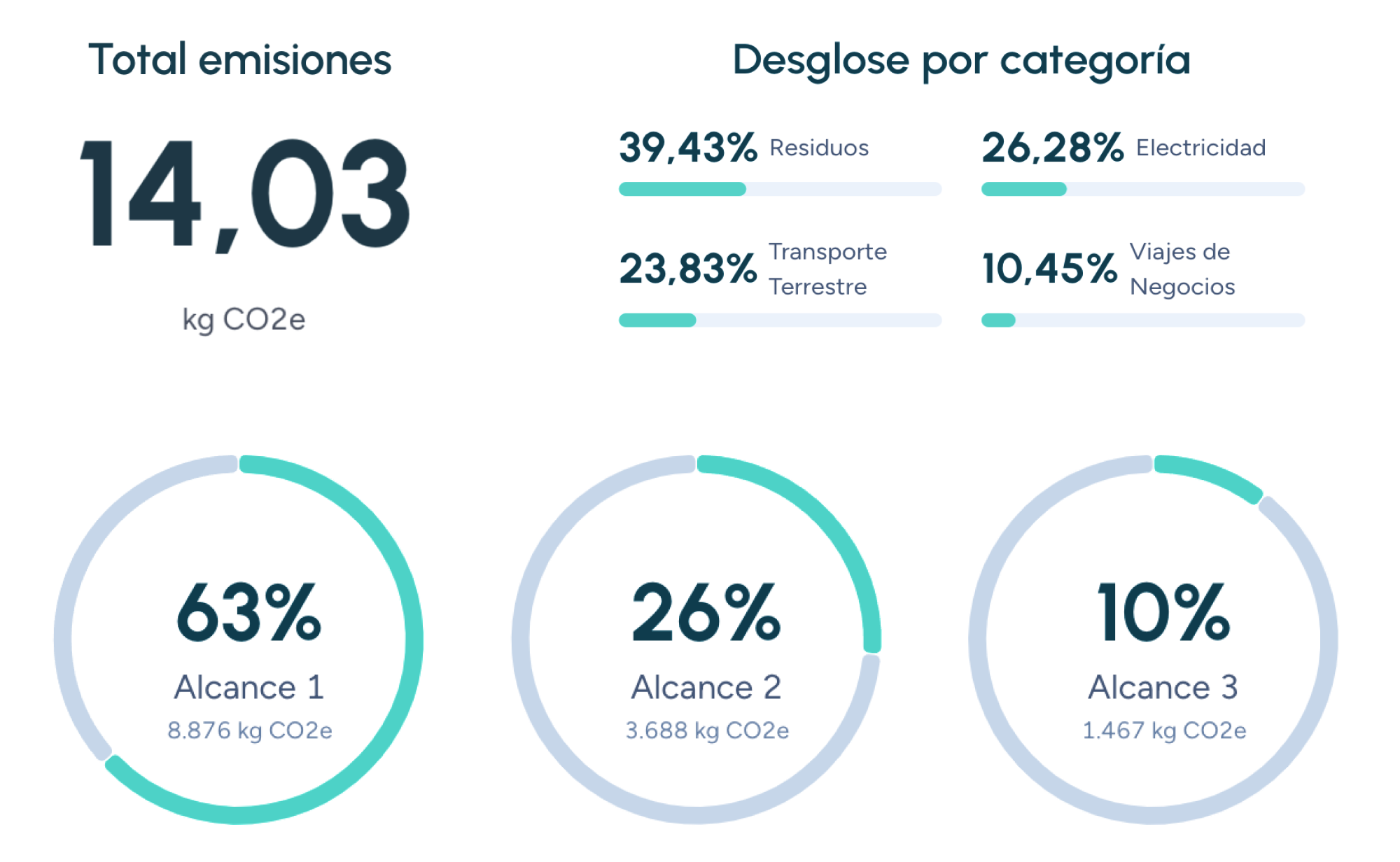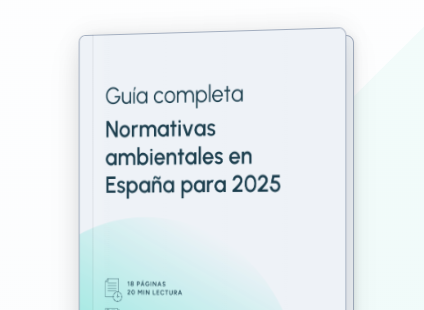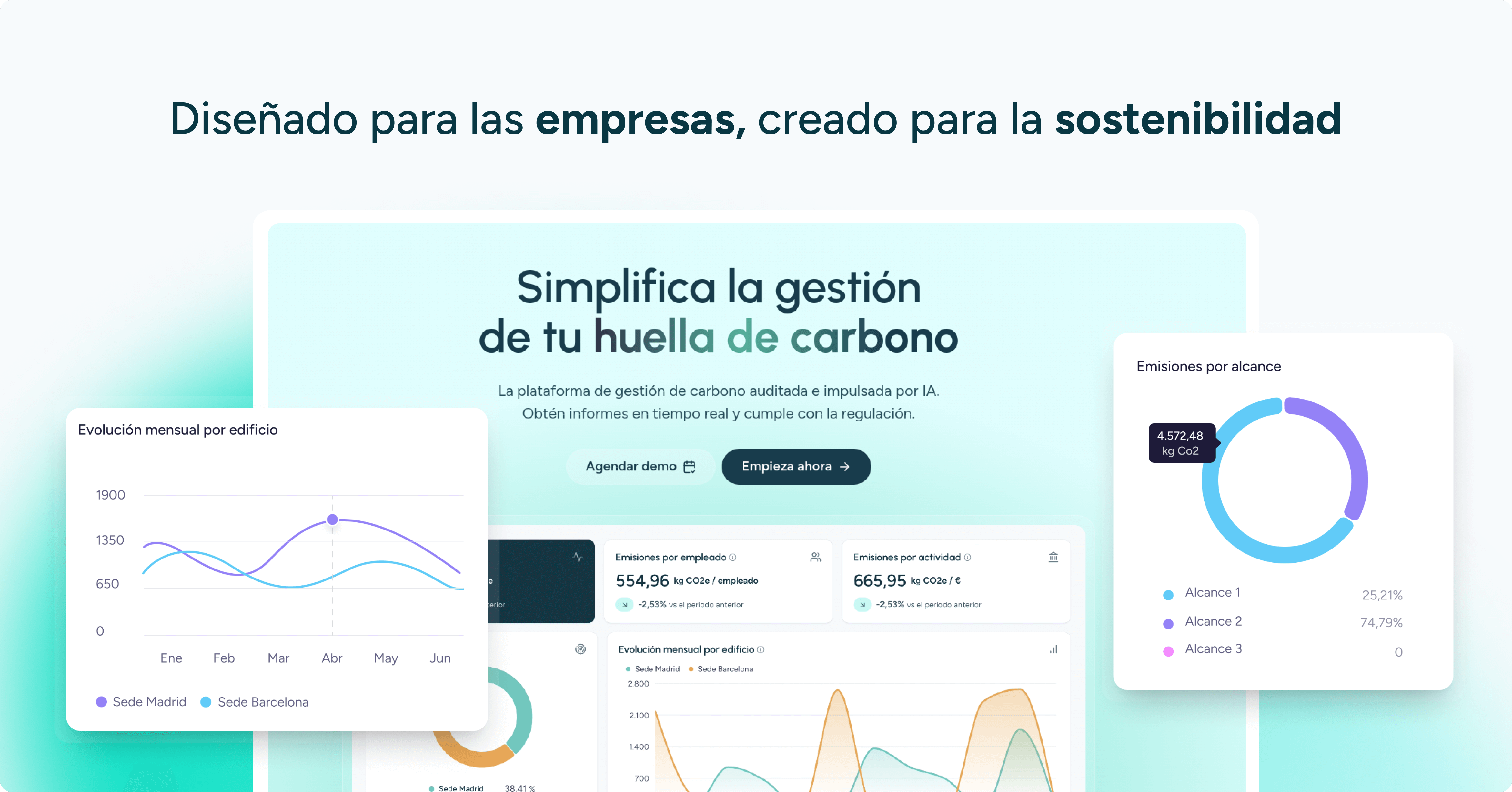Product Environmental Footprint (PEF)
The Product Environmental Footprint (PEF) is the methodology developed by the European Commission to measure and communicate the environmental performance of products throughout their life cycle using a multicriteria approach based on Life Cycle Assessment (LCA).
The Product Environmental Footprint (PEF) is the methodology developed by the European Commission to measure and communicate the environmental performance of products throughout their life cycle using a multicriteria approach based on Life Cycle Assessment (LCA). It forms part of the EU Environmental Footprint Initiative, launched in 2013 to harmonise environmental declarations and prevent consumer confusion.
Objectives of the PEF
- Comparability and consistency within the European single market.
- Reduction of administrative burden: one common framework replaces multiple national requirements.
- Prevention of greenwashing through clear and verifiable rules.
Methodological Structure
- 16 impact categories: climate change, acidification, eutrophication, resource use, human toxicity, ecotoxicity, water use, among others.
- PEFCR (Product Environmental Footprint Category Rules): sector-specific rules that define parameters, system boundaries, and data requirements.
- Functional unit: quantitative description of the product’s function (e.g., 1 m² of flooring over 50 years).
Assessment Steps
- Selection of the applicable PEFCR (if available) or development of pilot rules.
- Collection of primary data (≥70% of the impact contribution) and secondary data (from the EF Database).
- Life cycle modelling in compatible LCA software (SimaPro, OpenLCA).
- Normalisation and weighting (optional) for aggregation.
- External review by accredited verifiers.
Relation to Other Standards
- ISO 14040/44: PEF adopts LCA principles but adds specific data quality requirements and defined impact categories.
- ISO 14025 / EPD: PEF aims for comparable labels; the EU may integrate PEF into green public procurement.
- ISO 14067: greenhouse gases are only one category within the PEF.
Benefits of the PEF
- Single market: prevents internal trade barriers caused by multiple ecolabels.
- Policy tool: may be incorporated into the Sustainable Products Initiative and the EU Ecolabel.
- Scientific transparency: EF database with more than 15,000 processes.
Challenges
- Complexity: 16 impact categories and highly demanding data requirements.
- Sector coverage: PEFCRs are needed for all product categories (the 2013–2021 pilot phase covered 20 sectors).
- Global acceptance: compatibility outside the EU and convergence with ISO standards remain under discussion.
Current Status and Outlook
- Regulation under development (2024–2025): potential mandatory use in green claims and in the Consumer Empowerment Directive.
- Synergy with CSRD: companies reporting under the Corporate Sustainability Reporting Directive may use PEF for environmental indicators.
Application Examples
- Electric batteries: the PEFCR defines impacts related to lithium sourcing and recycling.
- Detergents: PEF enabled comparison of formulations in terms of emissions, aquatic toxicity, and energy use.
- Textiles: pilot testing on cotton vs. polyester T-shirts.
The Product Environmental Footprint is emerging as the EU-wide standard for robust and comparable environmental measurement, essential to achieving a transparent and sustainable product market in the European Union.
Companies that already trust manglai





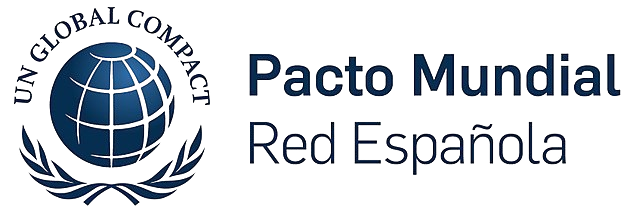








B Corp Certification
B Corp Certification is a global standard that validates companies for their commitment to sustainability and social responsibility, promoting practices that reduce carbon footprints and create a positive impact on society and the environment.
Carbon Border Adjustment Mechanism (CBAM)
The Carbon Border Adjustment Mechanism (CBAM) is a regulatory tool developed by the European Union to prevent carbon leakage and promote global decarbonization.
Carbon Disclosure Project (CDP)
Discover what the CDP is and its importance in measuring the carbon footprint—an essential tool for businesses to manage their environmental impact and contribute to the fight against climate change.
Guiding businesses towards net-zero emissions through AI-driven solutions.
© 2025 Manglai. All rights reserved
Política de Privacidad